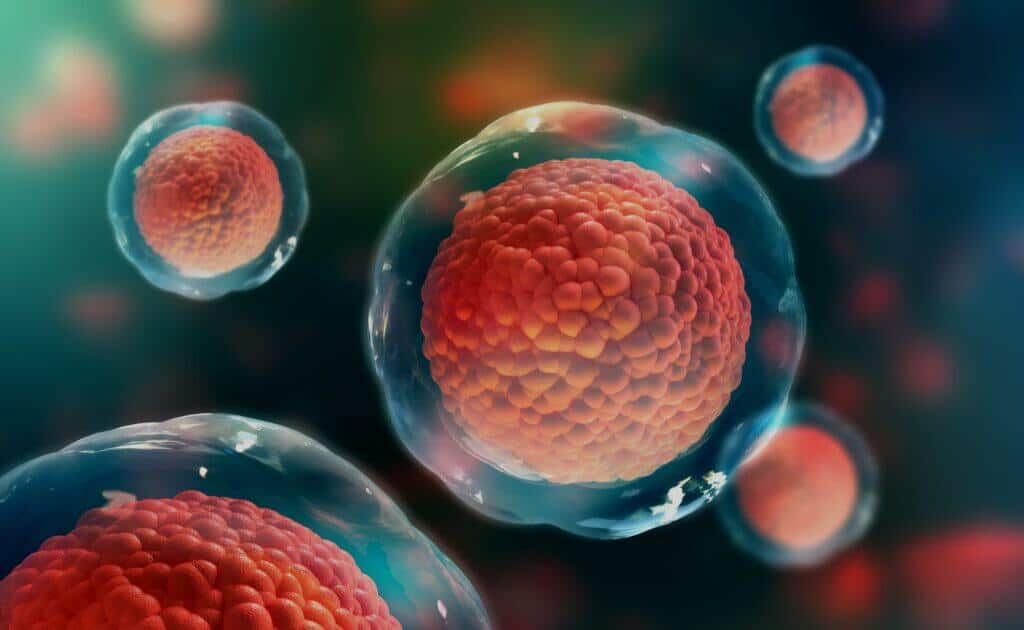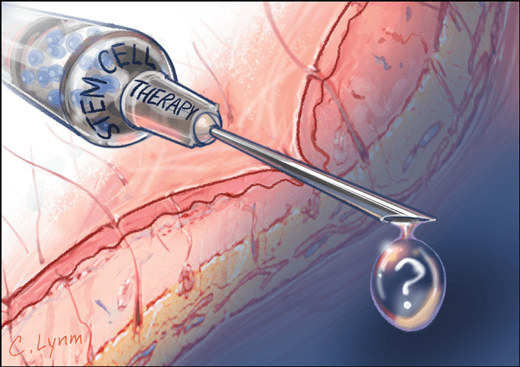The use of stem cells in the treatment of injuries, diseases, and many health-related conditions is evidence of their importance. Although many of them are not yet exploited to their full potential, stem cells help health professionals to understand and treat diseases. For example, blood stem cells are used to treat blood diseases, and this stem cell treatment has now saved many children suffering from leukemia.
In addition, these stem cells have enabled doctors to treat other diseases affecting the bone, eye or skin. They make tissue transplants possible and thus facilitate the treatment of these health problems. Many practitioners are beginning to get excited about stem cell treatment, and researchers are constantly exploring new ways to use them in medicine.
What Are Stem Cells?

Stem cells can be called the raw materials of the body. They can also be seen as the main cell from which other cells with unique functions and abilities emerge. Under appropriate laboratory or body conditions, stem cells divide and form other cells called daughter cells. These daughter cells become specialized cells such as brain cells, heart muscle cells, blood cells, bone cells, or new stem cells.
The use of stem cells for treatments has been shown to be effective. Stem cells can provide a better quality of life for many forms of disease and suffering. Currently, the most popular use of stem cells is blood stem cell transplantation. They are also effective in treating diseases and injuries affecting the eye, bones, and skin. Other types of medical practices involving stem cell treatments are not as popular and are still considered experimental.
Stem Cell Treatment: Why Use Stem Cells?
The importance of stem cells cannot be stressed enough. There are many reasons for the growing interest in this type of treatment. Doctors and researchers have discovered that this new treatment method can help save many lives and also prevent many health challenges. Here are the reasons why:

1. It helps doctors to understand the origin of diseases.
As doctors closely monitor the growth and maturation of stem cells, it helps them understand how many health conditions and diseases arise.
2. Stem cells generate new cells that replace dead or diseased cells.
Doctors can direct stem cells to create specific cells, which they in turn use to repair or regenerate damaged or diseased tissue.
3. Enable safe testing of new drugs
Many of the drugs available today began as investigational drugs. Initially, doctors found it difficult to determine how safe or effective new drugs were once released. However, with the introduction of stem cell treatment, these difficulties have been overcome.
Apart from the reasons mentioned above, it has been proven that stem cell treatments help people with Parkinson’s disease, injured spinal cord, amyotrophic lateral sclerosis, heart disease, stroke, Alzheimer’s disease, stroke, osteoarthritis, burns, and cancer.
Conclusion
Stem cell therapies are the answer to many health problems. Instead of being sceptical, it is best to keep an open mind and try them out. It is true that most applications of this treatment are still on a clinical basis. However, the positive results that doctors are achieving with the use of stem cells to fight disease are encouraging.
Read Next: 5 Must Know Facts About Stem Cell Technology





